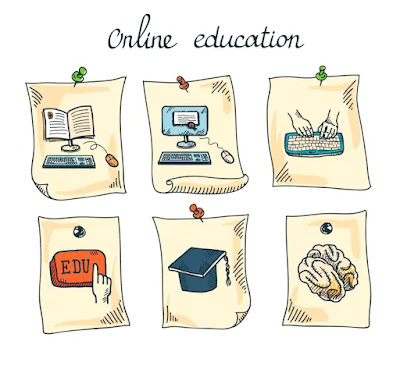Creating a sense of online presence enhances instructor-learner and learner-learner relationships. Our definition of online presence is "being there" and "being together" before, during, and at the end of the online experience. Since presence is not a thing but a process, it has a "look" and "feel." Presence looks and feels as though the instructor has placed the learner at the center of the course development and created the course for the learner. It looks and feels as though the instructor is accessible to the learners, the learners are accessible to the instructor and other learners, and the technology is transparent to the learning process.
Online presence is created through developing awareness, understanding, involvement through experience, and intentional planning and design throughout the course. Presence helps to break down feelings of isolation, involves participants in the learning process, brings learners together in a virtual community, and is key to learner retention.
Online presence is more than engagement and includes the dynamic interplay of thought, emotion, and behavior as instructor and learners consciously and unconsciously experience both the real world and the online environment.














